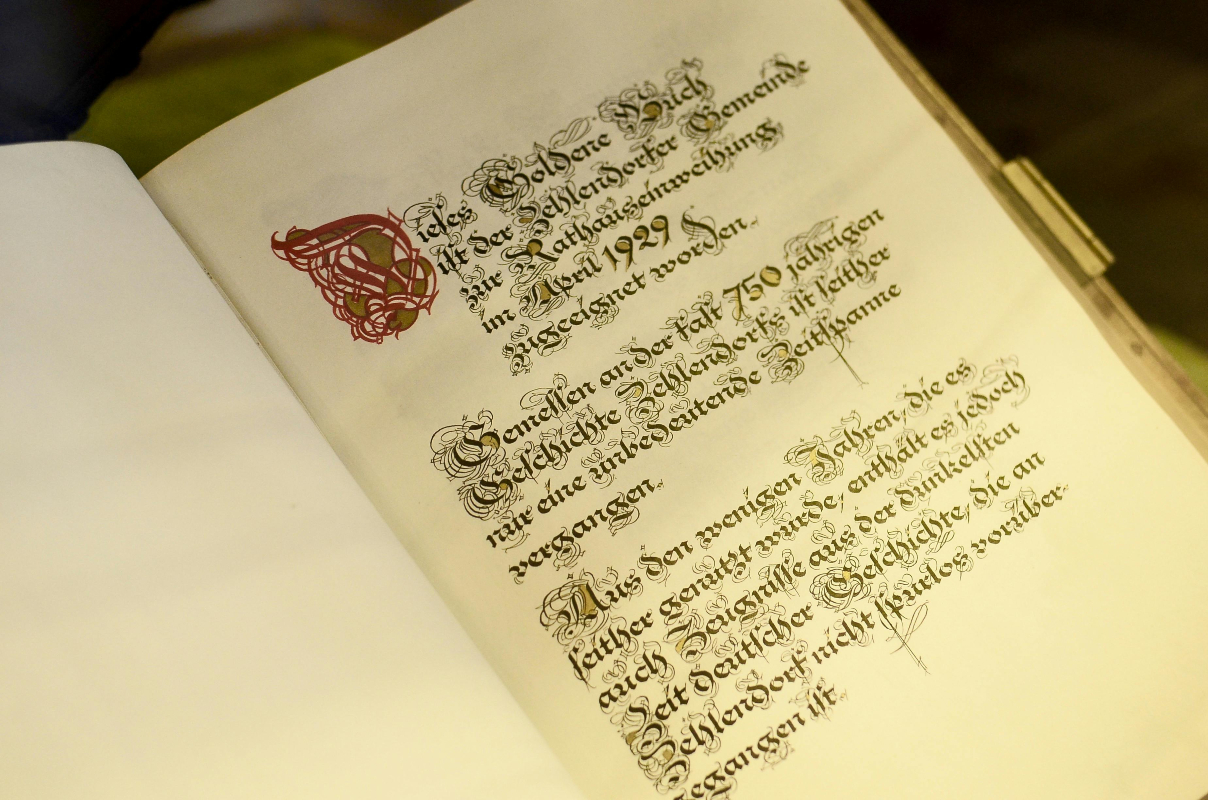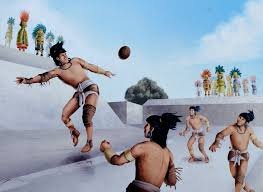Introduction
In the ancient Near East, Baal was one of the most powerful and widely revered deities, particularly among the Canaanites, Phoenicians, and other Semitic cultures. Associated with storms, fertility, and agriculture, Baal played a crucial role in religious practices and mythologies that shaped the spiritual life of the region. His influence extended beyond Canaanite traditions, impacting later cultures and even biblical narratives. This article delves into the religious significance of Baal, his attributes, and the ways in which he was worshiped in ancient times.
Who Was Baal?
The name Baal (from the Semitic root baʿl, meaning "lord" or "master") was a title rather than a personal name, often referring to different local deities across the Near East. However, the most famous and dominant Baal figure was Baal Hadad, the storm god of the Canaanite pantheon, who was regarded as the ruler of the heavens and bringer of rain and fertility.
Attributes and Symbolism
Storms and Rain: Baal was often depicted wielding a thunderbolt, symbolizing his control over the weather and agricultural cycles.
Fertility and Agriculture: As a bringer of rain, Baal was associated with bountiful harvests and prosperity, making him central to agrarian societies.
Warfare and Kingship: Many rulers invoked Baal as a divine protector in battles, linking him to victory and sovereignty.
Baal in Canaanite Religion
Baal occupied a central place in Canaanite mythology, particularly in Ugaritic texts discovered in the ancient city of Ugarit (modern-day Syria). These texts, dating back to the 14th–13th centuries BCE, describe Baal’s cosmic battles, his conflicts with other deities, and his death and resurrection cycle, which reflected the changing seasons.
The Baal Cycle: Mythology of Life, Death, and Resurrection
One of the most well-known myths involving Baal is the Baal Cycle, a series of Ugaritic texts detailing his struggles:
Battle with Yam (Sea God): Baal defeats Yam, the chaotic sea deity, establishing himself as the supreme ruler of the gods.
Conflict with Mot (God of Death): Baal is later slain by Mot, leading to drought and devastation.
Resurrection and Renewal: Eventually, Baal is revived, restoring the land’s fertility and reaffirming his power.
This myth was deeply tied to the natural world, mirroring the cycle of rain and drought that dictated agricultural success.
Worship and Rituals
Temples and Sacred Sites
Baal was worshipped in numerous temples throughout the ancient Near East, particularly in cities such as Ugarit, Tyre, Sidon, and Hazor. These temples often featured altars for animal sacrifices and were the focal points of religious festivals.
Offerings and Sacrifices
Worship of Baal included animal sacrifices, particularly bulls, as they symbolized strength and fertility. Some ancient texts and biblical sources also suggest the possibility of child sacrifices in times of crisis, though this remains debated among scholars.
Festivals and Ceremonies
Annual festivals were held to honor Baal, coinciding with agricultural cycles:
Baal and the Hebrew Bible
Baal’s prominence in Canaanite religion led to frequent clashes with the Israelites, as described in the Hebrew Bible. The prophets of Yahweh often condemned the worship of Baal, portraying him as a false god in opposition to Israel’s monotheistic beliefs.
Key Biblical Encounters
Elijah vs. the Prophets of Baal (1 Kings 18:20-40) – The prophet Elijah challenged Baal’s priests to a contest to prove whose god could ignite a sacrificial altar. Yahweh’s fire prevailed, leading to the downfall of Baal’s prophets.
Jezebel’s Promotion of Baal Worship – Queen Jezebel, wife of King Ahab, promoted Baal worship in Israel, sparking religious conflict.
Despite efforts to suppress Baal worship, elements of his cult persisted among some Israelite groups, showing how deeply embedded he was in the region’s religious landscape.
Baal’s Influence Beyond Canaan
Phoenician and Carthaginian Adaptations
The Phoenicians, known for their seafaring prowess, spread Baal worship across the Mediterranean. In Carthage, Baal was venerated under the name Baal Hammon, a god of fertility and weather, often linked with human sacrifices in extreme circumstances.
Greco-Roman Interpretations
As the Near East came under Greek and Roman influence, Baal was often identified with deities such as Zeus (Greek) and Jupiter (Roman), both of whom shared his role as a sky god.
Conclusion
The worship of Baal was a cornerstone of religious life in the ancient Near East, shaping the mythology, agriculture, and spiritual practices of many civilizations. His influence endured for centuries, leaving a complex legacy that persisted even in biblical and later historical narratives. While often demonized in monotheistic traditions, Baal remains a fascinating figure, embodying the power of nature and the deep religious traditions of the ancient world.





































